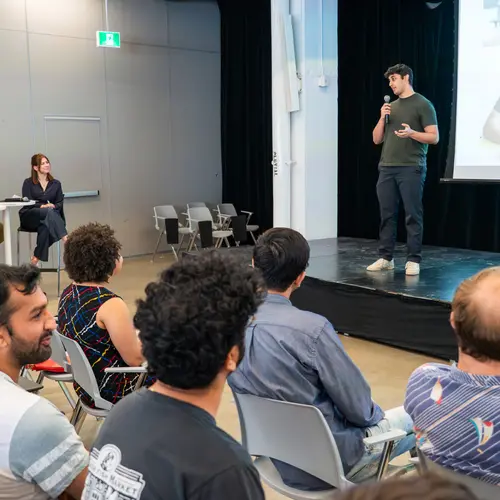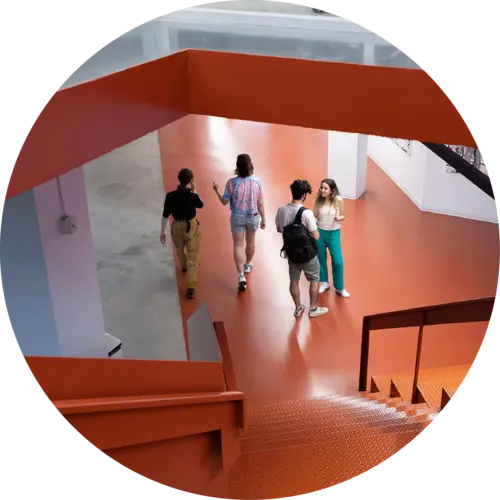
David Meger
Biography
David Meger is an associate professor at McGill University’s School of Computer Science.
He co-directs the Mobile Robotics Lab within the Centre for Intelligent Machines, one of Canada's largest and longest-running robotics research groups. He was the general chair of Canada’s first joint CS-CAN conference in 2023.
Meger's research contributions include visually guided robots powered by active vision and learning, deep reinforcement learning models that are widely cited and used by researchers and industry worldwide, and field robotics that allow for autonomous deployment underwater and on land.


